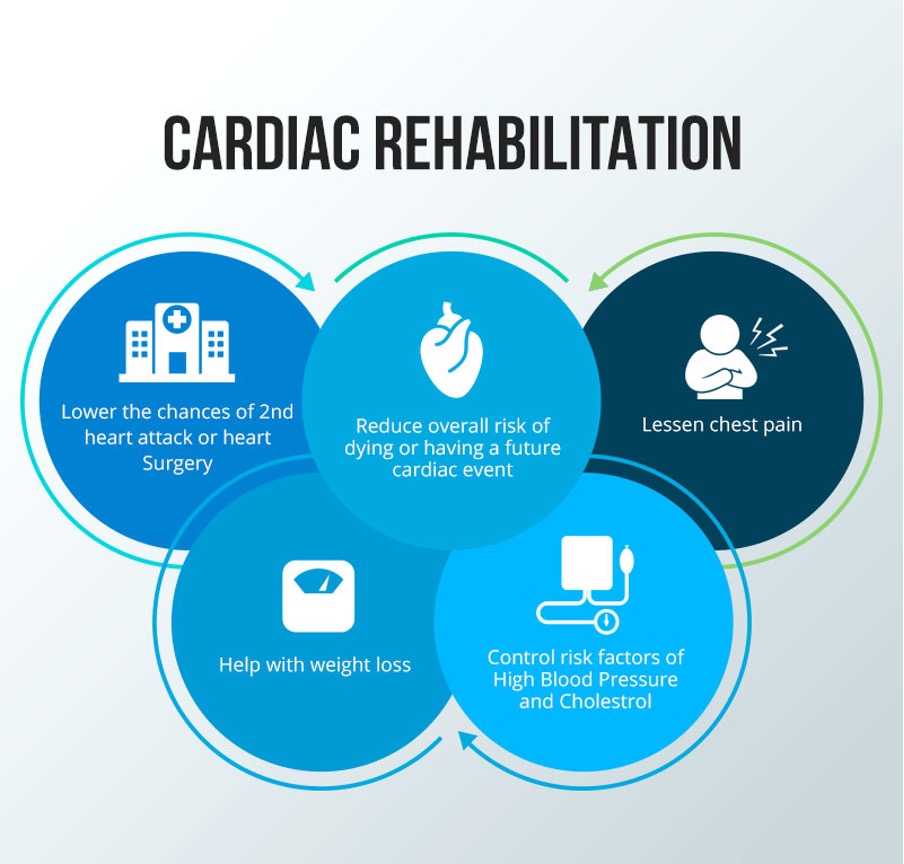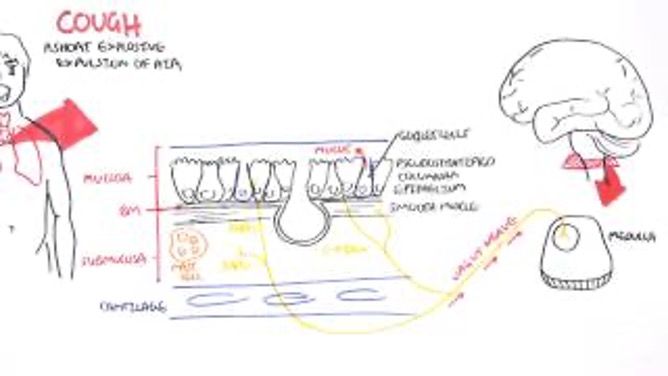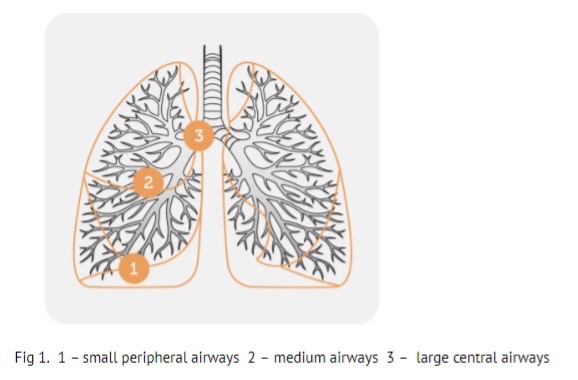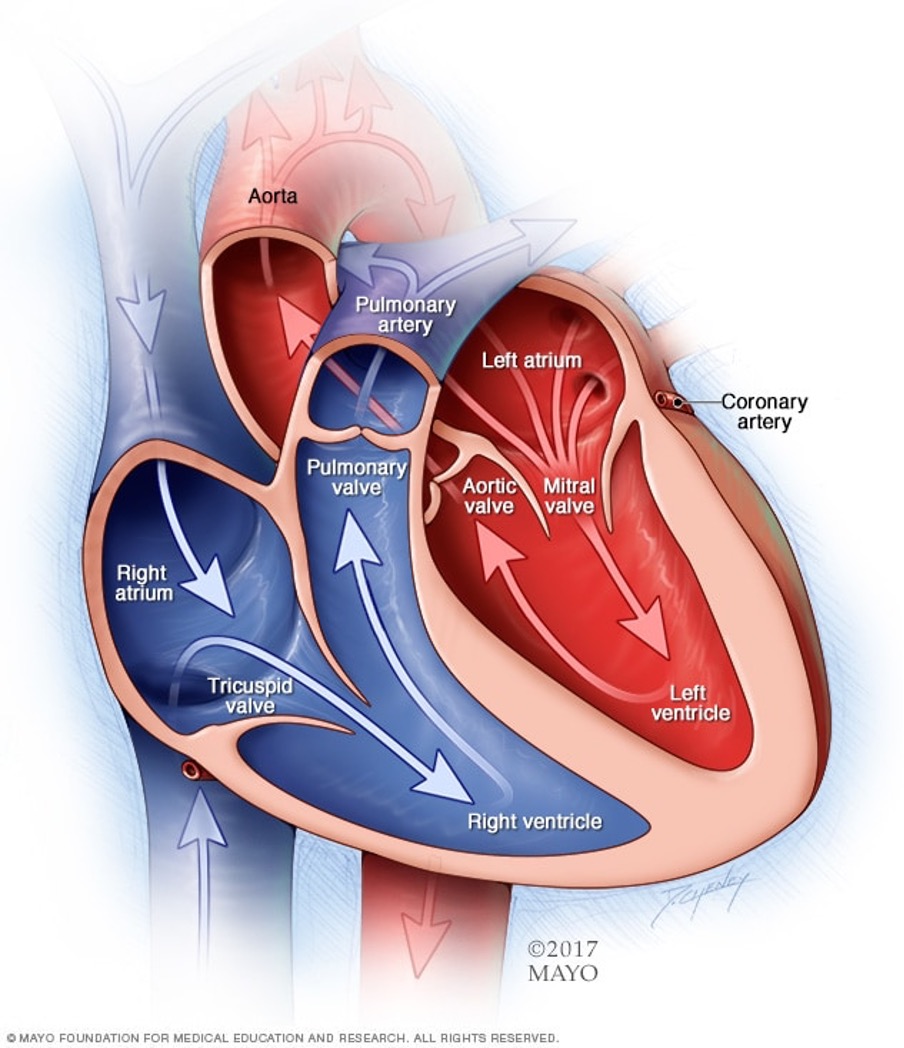Physical Therapy Can Help Manage Heart, Lung & Balance Problems
When we think of physical therapy, we often associate it with rehabilitation after an injury or surgery. However, physical therapy can also be beneficial for individuals who suffer from heart, lung, and balance problems.
In fact, physical therapy can improve cardiovascular function, increase lung capacity, and enhance balance and coordination.
If you are struggling with any of these conditions, it is time to explore the benefits of physical therapy and discover how it can help you manage your symptoms and improve your overall quality of life.
The Importance of Exercise Programs for Muscle Strengthening
Regular exercise is essential for maintaining a healthy and strong body. For individuals with heart, lung and balance problems, exercise programs can be particularly beneficial. These programs are designed to help improve muscular and cardiorespiratory fitness, manage chronic muscular pain, increase range of motion, and enhance lung capacity.
Exercise programs that aim to strengthen specific muscle areas can help individuals with heart and lung problems to return to their previous level of functioning and prevent further progression of disease.
These exercises should be tailored to the individual’s needs and medical history, and should always include rest periods to prevent overexertion. Overall, exercise programs play a crucial role in managing heart, lung and balance problems, and should be incorporated as part of a comprehensive physiotherapy program.

Source : cdn1.pulseuniform.com
Physical therapy has a significant role to play in managing heart, lung, and balance problems.
Exercise programs for muscle strengthening and range of motion exercises for increased flexibility are important components of cardiac rehabilitation. In addition to these, there are evacuation techniques and chest physiotherapy to improve lung capacity.
The rehabilitation program also includes educating individuals on prevention methods for heart and lung diseases. It is essential to manage chronic muscular pain and diagnose and treat children with heart and lung problems. This comprehensive program aims to move individuals with cardiovascular disease to optimal physical, social, emotional, and occupational levels through a reset programme.
The goal of cardiac rehabilitation is to restore the body’s former capabilities and strength while preventing the recurrence of heart and lung disease. Therefore, the cardiac rehabilitation program can help individuals with heart disease to lead a better quality of life.

Management of Chronic Muscular Pain
Chronic muscular pain can greatly affect an individual’s quality of life, making it difficult to perform daily activities. Physical therapy can help manage this type of pain by utilizing a combination of techniques such as exercises, massage therapy, and heat or cold therapy.
In addition to reducing pain levels, these interventions also help improve flexibility and increase muscle strength, ultimately enhancing overall physical function. Along with managing muscular pain, physical therapy can also benefit individuals with heart and lung problems, aiding in their overall rehabilitation and recovery.
By incorporating physical therapy into their treatment plans, patients can experience improvements in pain management and reduced need for opioid painkillers.

Range of Motion Exercises for Increased Flexibility
Range of motion exercises are an important component of physical therapy for individuals with heart, lung, and balance problems.
These exercises aim to enhance flexibility and improve joint mobility, allowing individuals to better perform daily activities such as walking or climbing stairs. Regular stretching can prevent injury and reduce pain and stiffness, as well as increase range of motion.
As part of a comprehensive exercise program, range of motion exercises can enhance the efficacy of other exercises, such as strengthening and balance exercises.
Physical therapists may incorporate stretching exercises and yoga into their treatment plans to achieve optimal outcomes. Through range of motion exercises, individuals can improve their overall physical functioning and quality of life.

Chest Physiotherapy for Enhanced Lung Capacity
Chest physiotherapy is a crucial component in managing heart and lung problems. Physiotherapists and respiratory therapists use postural drainage techniques to enhance breathing by eliminating mucus from the patient’s breathing passages.
The goal of thoracic physiotherapy is to remove mucous material from all five lobes of the lung by draining the mucus material into the larger airways so that it can be expelled out. By improving lung capacity, chest physiotherapy helps patients achieve better respiratory ventilation, reducing the potential for secondary causes of death.
It is an effective therapeutic exercise that can be used in conjunction with other management techniques to alleviate chronic muscular pain and increase flexibility. In combination with a cardiac rehabilitation program, chest physiotherapy can significantly improve the quality of life for patients by offering a range of benefits for their heart, lung, and balance problems.

Evacuation Techniques for Secretions and Improved Ventilation
Evacuation techniques for secretions and improved ventilation play a crucial role in physical therapy for managing heart and lung problems. As patients with these conditions often struggle to breathe properly, the accumulation of secretions in the respiratory tract may increase the risk of infections, further complicating their condition. Certain techniques such as deep breathing exercises, huffing, and coughing can help clear the airways and allow for better ventilation.
Physical therapists may also use mechanical devices to assist in the removal of secretions from the lungs. These techniques not only improve ventilation but also decrease the chances of further infections and enhance the patient’s overall quality of life. Incorporating such techniques in physical therapy programs can greatly benefit those with heart and lung problems.

Diagnosing and Treating Children with Heart and Lung Problems
Diagnosing and treating children with heart and lung problems is of utmost importance in ensuring their overall health and well-being.
Physical therapists work closely with pediatric cardiologists to develop individualized treatment plans for children with heart and lung problems. These treatment plans may include chest physiotherapy, range of motion exercises, and evacuation techniques for improved lung capacity and ventilation, as well as exercise programs aimed at strengthening muscles and improving balance.
Prevention is also key, and physical therapy can play a pivotal role in helping parents identify the warning signs of heart and lung problems in their children. By providing early intervention and treatment, physical therapy can help ensure that children with heart and lung problems are able to lead healthy and active lives.
Prevention of Heart and Lung Diseases through Physiotherapy
Physical therapy is an effective preventative measure for heart and lung diseases. Regular physical activity is a proven way to reduce the risk of noncommunicable diseases, such as heart disease, stroke, and diabetes, which can lead to lung problems.
Exercise programs can help strengthen muscles, improve ventilation and lung capacity, and enhance overall body flexibility and balance. In cardiac rehabilitation programs, patients receive a customized treatment program that includes exercises to increase rib cage flexibility and strengthen muscles, and sports activity.
For those with chronic muscular pain, a management plan can be devised that includes range of motion exercises to increase flexibility and reduce muscle problems. Chest physiotherapy can also improve lung capacity by teaching effective evacuation techniques for secretions, and ways to improve ventilation of the lungs.
Physical therapy can be especially beneficial for children with heart and lung problems, as early diagnosis and treatment can prevent serious complications in the future. Overall, physical therapy provides a range of benefits for heart, lung, and balance problems, including preventing disease, reducing the need for surgery, and improving overall health outcomes.
Overall Benefits of Physical Therapy for Heart, Lung, and Balance Problems
Physical therapy is a valuable tool in managing heart, lung, and balance problems. Patients with these conditions can benefit greatly from the range of exercises and therapeutic techniques offered by physical therapy programs.
From muscle strengthening exercises to chest physiotherapy, physical therapy can help patients improve their overall physical fitness, mobility, and flexibility.
Children with heart and lung problems can also benefit from physical therapy, with specially tailored programs designed to help them manage their conditions.
Physical therapy can help prevent heart and lung diseases through early detection and lifestyle modifications. Overall, physical therapy is an effective way to manage heart, lung, and balance problems and improve the quality of life for patients.


